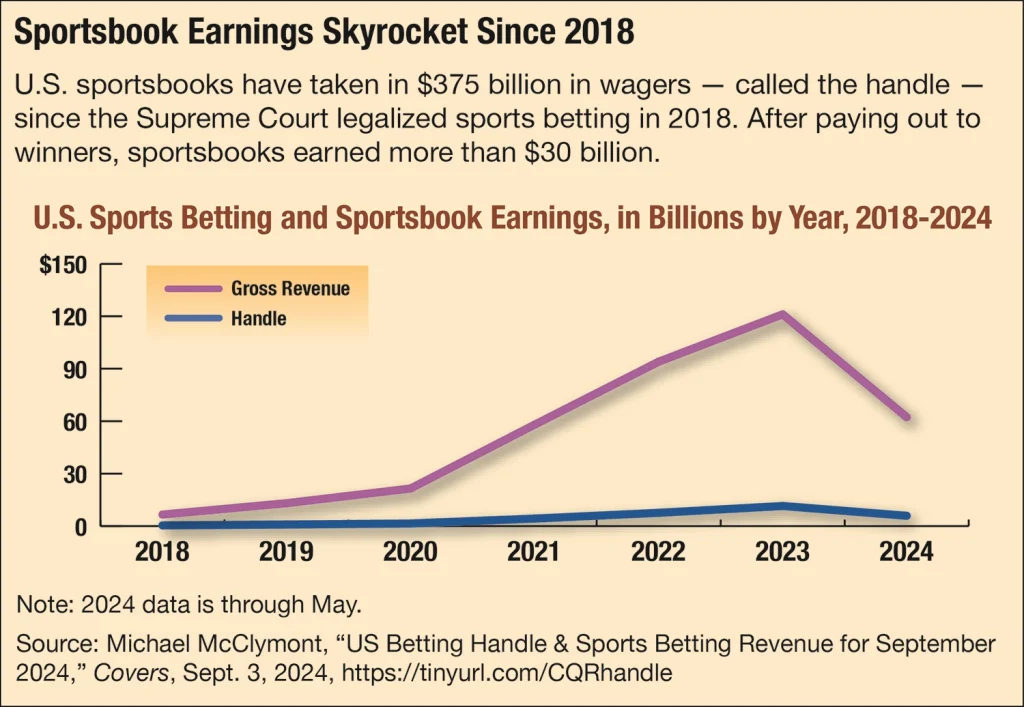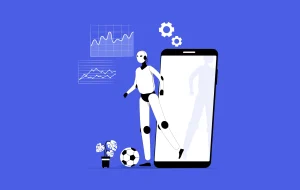
You know how TikTok made attention spans shorter? Well, micro-betting is doing the same thing to gambling. Instead of waiting hours—or even minutes—for a game outcome, bettors can now wager on every tiny moment. A pitch in baseball. A free throw in basketball. Even the next card in a poker hand. It’s gambling, but sped up to match our on-demand world.
What Exactly Is Micro-Betting?
Let’s break it down. Micro-betting (sometimes called “in-play” or “live-action” betting) lets you bet on hyper-specific events within a game or match. Think of it like snacking instead of sitting down for a full meal. Here’s what sets it apart:
- Speed: Outcomes resolve in seconds or minutes, not hours.
- Volume: Hundreds—even thousands—of micro-markets per game.
- Engagement: Constant action keeps players glued to their screens.
Honestly, it’s addictive by design. And that’s both its biggest strength and its biggest controversy.
Why Micro-Betting Is Exploding Right Now
Sure, traditional sports betting isn’t going anywhere. But micro-betting? It’s growing like wildfire. Here’s why:
1. Technology Finally Caught Up
Real-time data feeds, AI-driven odds calculators, and seamless mobile apps make micro-betting possible. Without these, the whole system would collapse under latency issues.
2. Younger Audiences Love It
Gen Z and millennials didn’t grow up with slow, parlay-heavy betting. They want instant gratification—just like their social media feeds.
3. Leagues and Teams Are Cashing In
Sports organizations used to shun gambling. Now? They’re partnering with betting platforms to monetize every second of gameplay. The NFL’s deal with DraftKings? Just the tip of the iceberg.
The Dark Side: Risks and Controversies
Not everything’s rosy. Critics argue micro-betting is a slippery slope—especially for problem gamblers. Here’s the deal:
- Addiction risks skyrocket: Faster bets mean faster losses (and dopamine hits).
- Regulatory gray areas: Many regions aren’t equipped to police this new format.
- Player integrity concerns: Could athletes be pressured to manipulate micro-events?
That said, the industry isn’t ignoring these issues. Some platforms now offer “cool-off” periods or loss limits. But is it enough?
How the Gambling Industry Is Adapting
Change is messy, but profitable. Here’s how operators are pivoting:
| Shift | Example |
| Product redesign | Apps now prioritize live micro-markets over futures |
| Marketing tactics | “Bet on the next play!” replaces “Who’ll win the Super Bowl?” |
| Data partnerships | Sports leagues selling real-time stats directly to books |
It’s a gold rush. And honestly? The dust hasn’t settled yet.
What’s Next? The Future of Micro-Betting
Predicting the future is risky—ironic, right? But here are three likely trends:
- VR integration: Imagine betting on virtual courtside seats during a live game.
- AI personalization: Algorithms suggesting micro-bets based on your habits.
- Mainstream backlash: Expect tighter regulations as problems surface.
One thing’s certain: gambling will never feel “slow” again. Whether that’s progress or peril depends on who you ask.






